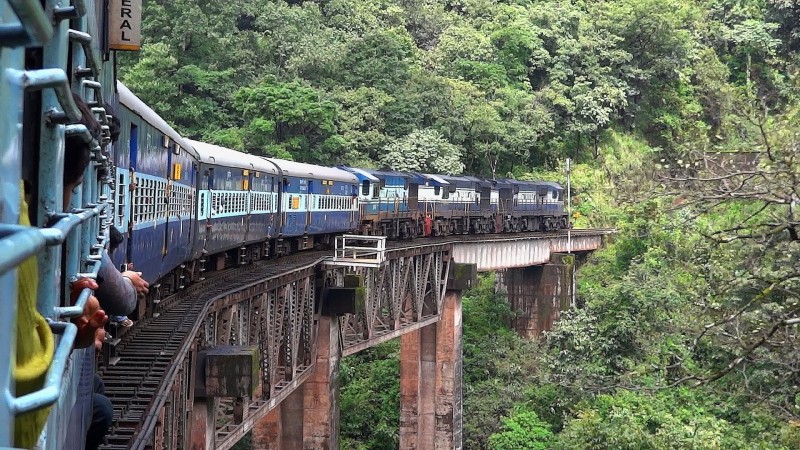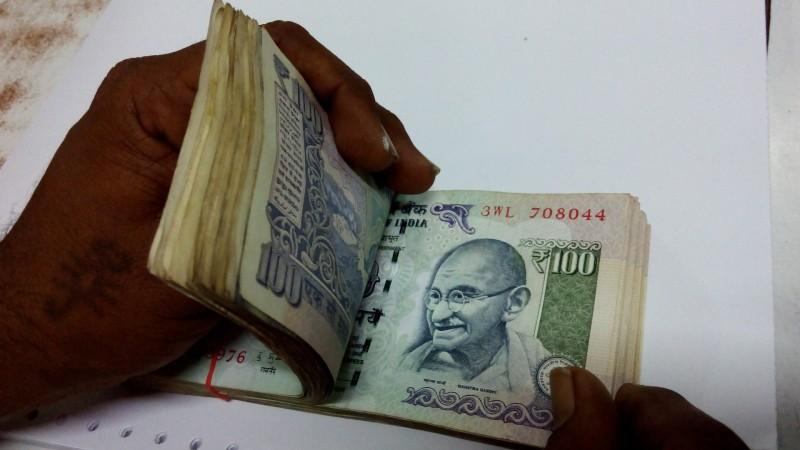Category: Policy Insights
Setu Bharatam: Bridging Infrastructural Gaps
Level crossings constitute high-risk spots for the Indian Railways. As of May 2015, there are 18,785 manned and 11,563 unmanned level crossings in the country. The intersection of two different infrastructure networks during their normal operations results in increased chances of loss to life and property. In addition, these accidents also create a drag in […]
What Skill India Must Do To Succeed In Its Mission
Date of Release: August 8th, 2015 Published in: HuffingtonPost As the government continues to focus on skills and launches hallmark programs like the Skill India initiative, it is imperative to examine the impact of such a program. There are over 20 Central ministries/ departments involved in the implementation of more than 70 schemes for various skill development […]
Disinvestments – What’s a realistic target?
Disinvestments – What’s a realistic target? Disinvestments is a process through which the Government promotes people’s ownership in Central Public Sector Enterprises (CPSEs) thereby ensuring better governance and efficiency in the state run organizations. The receipts from disinvestments also act as an important revenue for the Government to gap its fiscal deficit. While there is […]
At the Mercy of Rain Gods
Date of Release: June 5th, 2015 Published in: The Pioneer The sub-normal monsoon forecast shows how much needs to be done to mitigate the effects of bad rains. This earth is higher than all the heavens”, said Swami Vivekananda. In a different context, this quote can be an inspiration for planners and policymakers in Indian […]
Focusing on Sustainable Irrigation: Looking Beyond Land and the Heavens
Three important issues in the recent past have brought agriculture at the centre of public policy debates in India. The first is the Land Acquisition Bill, where both the government and the Opposition claim to be furthering the interests of farmers. The second were the unseasonal rains earlier in the year, which caused significant damage […]
More Money Means More Responsibility
Date of Release: March 31st, 2015 Published in: The Pioneer To make the most of their new financial freedom, State Governments need to improve their planning, allocation and utilization of funds, writes Apoorv Tiwari It has been almost a month since the Union Budget was presented, and much water has passed under the political bridge since then. The […]
Fiscal Federalism in India
Date of Release: February 28th, 2015 Published in: International Policy Digest The recommendations of the Fourteenth Finance Commission (FFC) have been hailed almost unanimously for ushering in a new era for centre-state relations in India. The most significant of these recommendations – accepted by the central government – is the one that devolves 42% of […]
Development Stamp on Ballot
Date of Release: February 19th, 2015 Published in: The Pioneer In recent elections there have been few religious or ethnic voting trends. Instead, parties prioritising development have triumphed. The key to winning a majority is a vision for development and a strong leadership. Now, the question is: Who will retain the vote? Two thousand and […]
Budget 2014: Modi’s on the RITE Track but the Challenge Lies in Implementation
Date of Release: July 15th, 2014 Published in: Times of India Budget 2014 was focused on forming the bases for India’s long-term growth. Research, Infrastructure, Technology and Education (RITE) are the four core themes that have cut across most of the schemes introduced in this budget. The infographic highlights some of the schemes that embody […]









